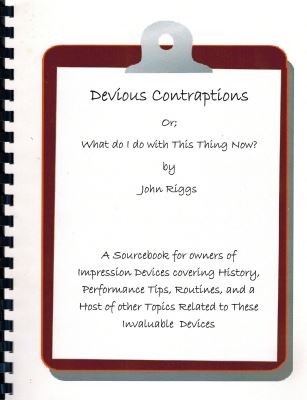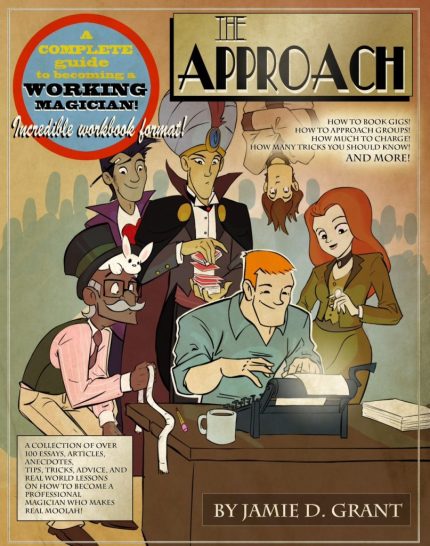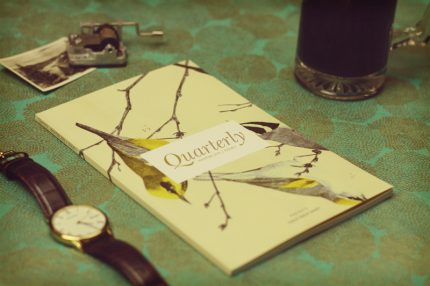Prepare to be amazed! “Devious Contraptions by John Riggs” unveils mentalism secrets. Master impression devices, routines, & audience engagement like magic! A must-read!
Product information
Devious Contraptions by John Riggs
Dive into the world of mentalism with Devious Contraptions, an essential training manual by the renowned John Riggs. This book is part of a distinguished series that delves into the methods, ideas, and routines of mentalism, offering both novices and seasoned performers invaluable insights.
Comments: “A sourcebook for owners of impression devices, covering history, performance tips, routines, and a host of other topics related to these invaluable devices.”
Contents
- Introduction
- Chapter One: The Capturing Media, Writing Utensils, Paper, The Audience Helper, Types of Clipboards, Preshow Work, More on Audience Management
- Chapter Two: The Routines, Building Routines, Making Non-Linear Connections, Drawing Inspiration From Magazine Articles, Drawing Inspiration From Pop Culture, Combining Impression Devices With Other Methods, Drawing Inspirations From Classical Plots
- Conclusion
Explore the depths of mentalism and master the art of deception and intrigue with Devious Contraptions. Whether you’re looking to enhance your performance or discover new techniques, this book is your ultimate guide.
One in a series of training manuals by John Riggs on Mentalism teaching methods, ideas and routines.
Comments: “A sourcebook for owners of impression devices, covering history, performance tips, routines, and a host of other topics related to these invaluable devices.”
Contents (from book ToC):
6 Introduction
10 Chapter One
10 The Capturing Media
18 Writing Utensils
19 Paper
20 The Audience Helper
21 Types of Clipboards
31 Preshow Work
36 More on Audience Management
42 Chapter Two
42 The Routines
43 Building Routines
44 Making Non-Liner Connections
48 Drawing Inspiration From Magazine Articles
52 Drawing Inspiration From Pop Culture
59 Combining Impression Devices With Other Methods
61 Drawing Inspirations From Classical Plots
75 Conclusion














